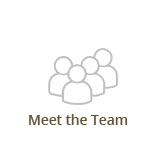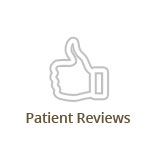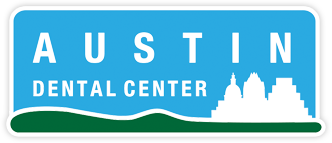
There are few things worse than a broken or painful tooth. Often life is not considerate enough to wait for business hours or regularly scheduled appointments, so we make the commitment to provide high-quality and comfortable emergency dentistry care for our patients. If you have a dental emergency, the first thing you need to do is to call our office. We are here to help ensure that your teeth are cared for and every effort will be made to ease the pain or repair your tooth, but you’ll need to call ahead of time so we can be prepared to provide you with the help you need.
Injuries, such as those caused by sports, accidents, or trauma to the face, can result in teeth being knocked loose or out of the mouth entirely. Or you may experience pain or sensitivity in a tooth or suddenly chip a tooth.
Tooth Knocked Out? Dental Emergency? Call Us Right Away
If your tooth has been knocked out, call us immediately. We will make every effort to see you quickly because time is of the essence. There is a window of time in which teeth can be successfully replanted, but sooner is definitely better. Here are some steps you can take in the meantime:
- Avoid touching the root of the tooth and rinse it gently with water to remove dirt.
- If you can, put the clean tooth back into the socket from where it came to keep it moist. This helps maintain the vitality of the tooth.
- If your mouth is injured, bloody, or too painful to put the tooth back in its place, wrap it in clean gauze or cloth that has been soaked with either saliva from your mouth or milk. You may also place it in a cup of milk. Try to keep the tooth from becoming dry.
Other Dental Emergencies
It’s possible that you will have a severe toothache for a variety of reasons, including a cracked tooth or an abscess. Contact us to set up an appointment as soon as possible.
Other common emergencies include:
- Lost crowns
- Lost fillings
All of these can result in pain, so it is important that you see us as soon as possible. We have time built into our schedule in order to treat emergencies, but we need to know about them before you come into our office so we can prioritize our patients’ needs.
We use a variety of methods and techniques to ensure your emergencies are resolved, your teeth are preserved, and that your pain is alleviated. We encourage patients to discuss emergency protocols with us so they know exactly what to do in an emergency.
Our State of the Art Dental Technology
Digital Impressions
Dentistry has always been innovative and creative in the use of technology to make dentistry better, more predicable and easier to perform. One such innovation is digital impressions. This technology, although not new, has recently become more widely accepted and increasingly utilized.
In the past impressions were taken with impression materials that were like thick liquids or pastes, placed in a tray and then placed over the tooth that was prepared for a crown. It would set in 5 minutes and often had to be redone to make sure it was totally accurate.
With Digital Impressions, we prepare the tooth exactly the same way but instead of a mouthful of thick paste we use a special optical digital scanner to gather the information we need and then are able to instantly view the results to determine if more information is needed. This scanned image is then sent to a laboratory in another state where an accurate model of the scanned image is fabricated. The newly made model is then sent to any lab we desire for final crown fabrication. Most of the potential errors associated with conventional impressions are eliminated. In fact, studies have shown this technology produces a more accurate model for crown fabrication than conventional impressions.
Intraoral Cameras
One of our most important uses of technology is the use of our intraoral cameras. These cameras allow us to project magnified images onto the TV screens or monitors. The images are magnified around 30 times, which enables us to see in much greater detail than can be seen with the eye alone.
Uses:
- Patient education: We can take a picture of an area of concern and show our patients what we see and better relate any information that is needed.
- Documentation: We often utilize the cameras to document fracture lines, decay, old fillings or other concerns before and during treatment. This record allows us to handle future situations better should they arise on these teeth.
- Diagnosis: Because of the magnification we often detect pathology that is not easily detected with the eye alone.
- Before and after pictures allow us to show patients the changes that result from treatment.
Rubber Dam
This device and technique has been around for a while but we feel is underutilized in dentistry today. It consists of a small clamp that is placed on one of the teeth in the area that is being worked on. Over this is placed a sheet of rubber (we have latex and non-latex for those allergic) which allows the teeth we are working on to be isolated from the rest of the mouth.
Then benefits are:
- All old fillings (often old amalgam alloy) and tooth shavings are removed without the patient having to swallow any of these particles.
- The presence of the rubber dam makes it easier to hold your mouth open.
- Any chemicals used in the procedure are usually limited from escaping and having to be swallowed.
- The isolated area is dry during treatment and allows the materials we use to work better and last longer.
- Access to the teeth is much better and easier which allows us to work faster and more comfortably.








